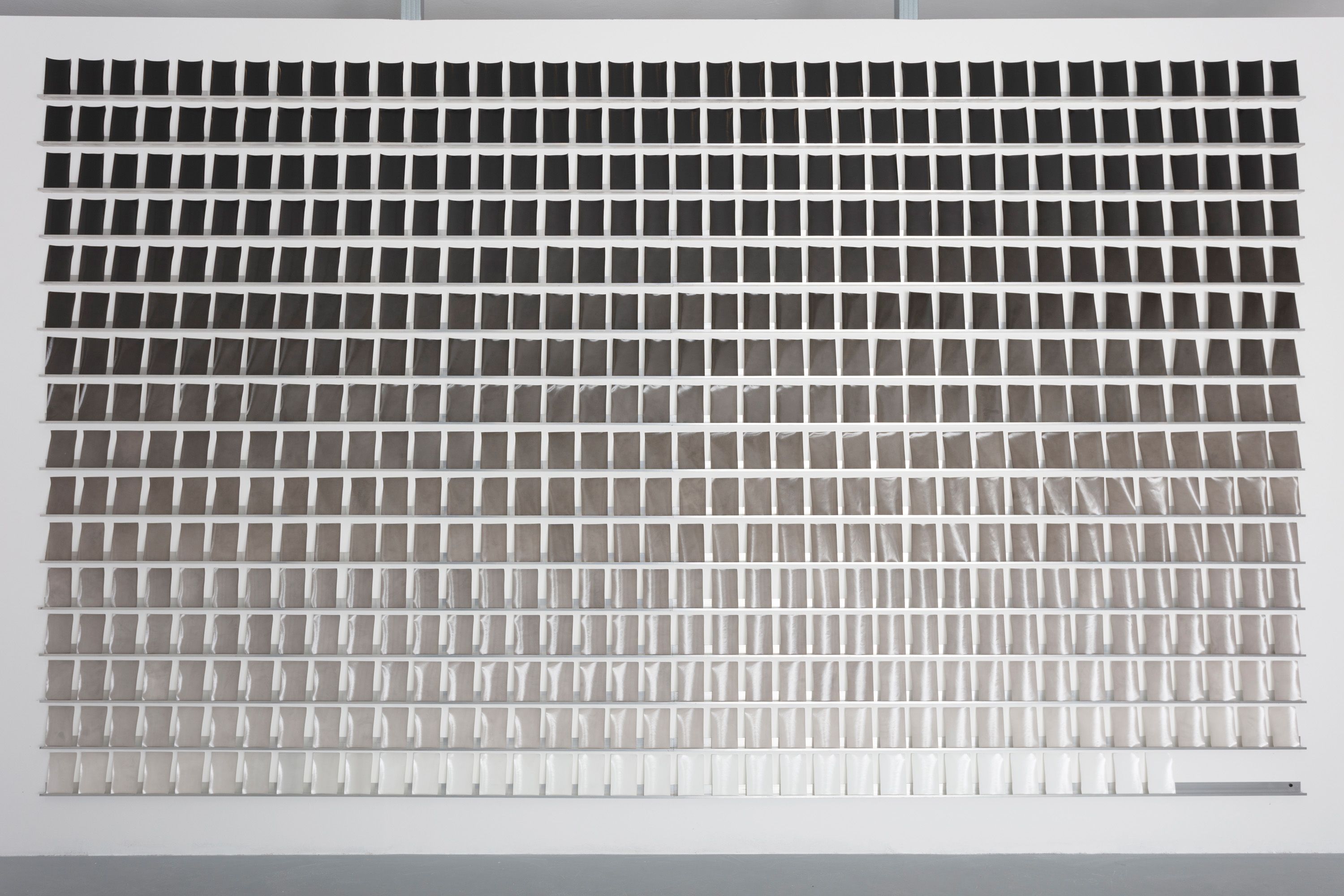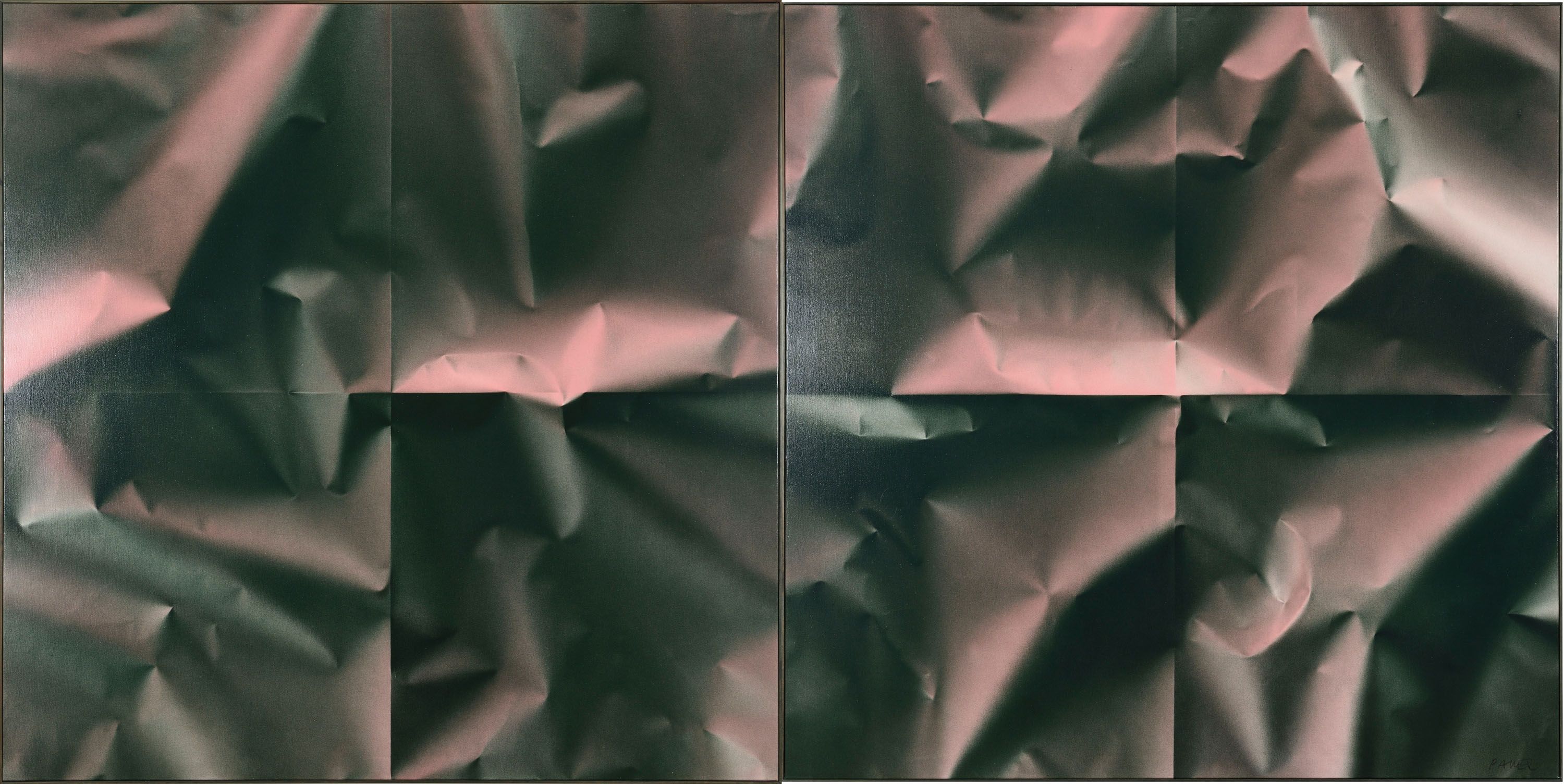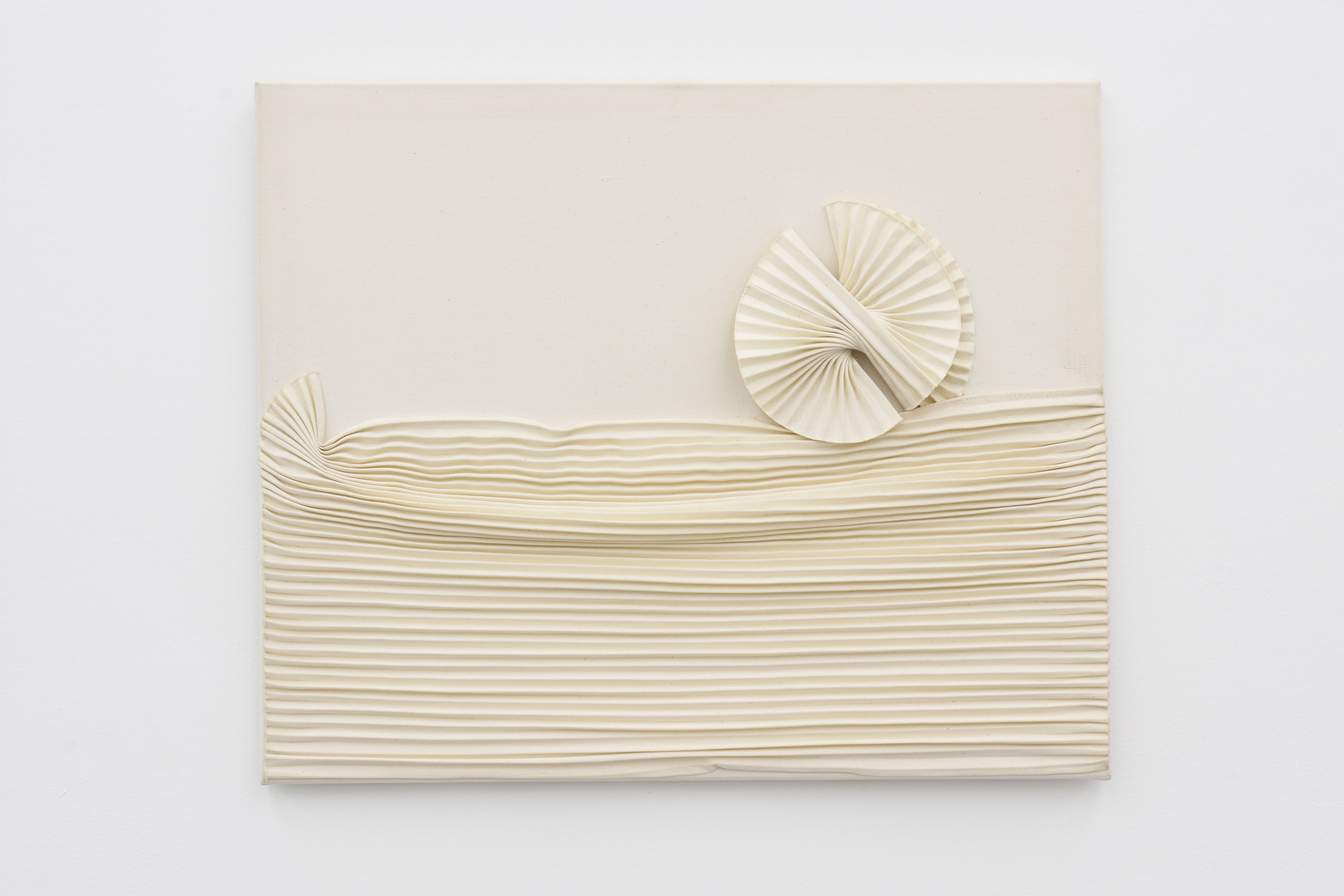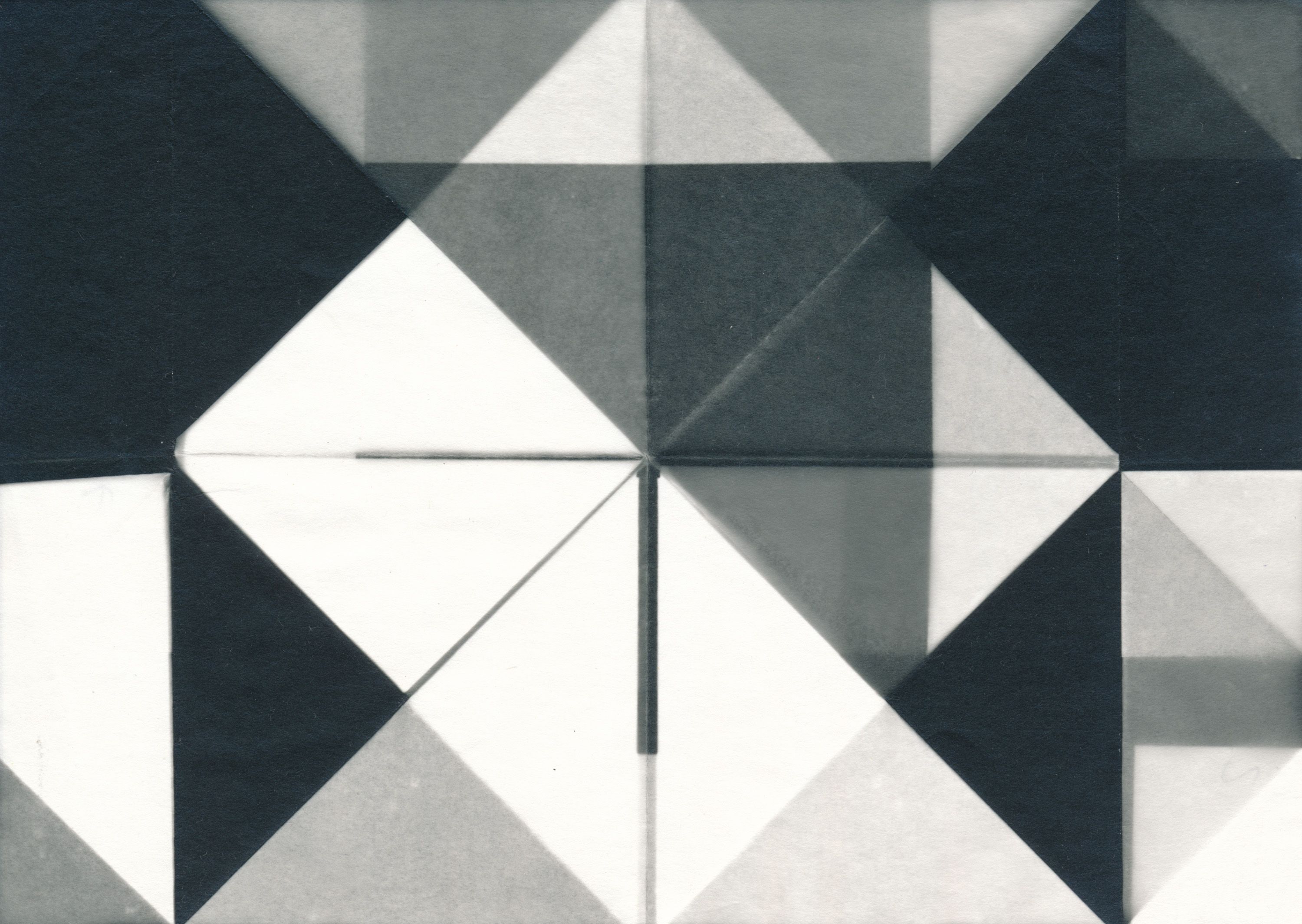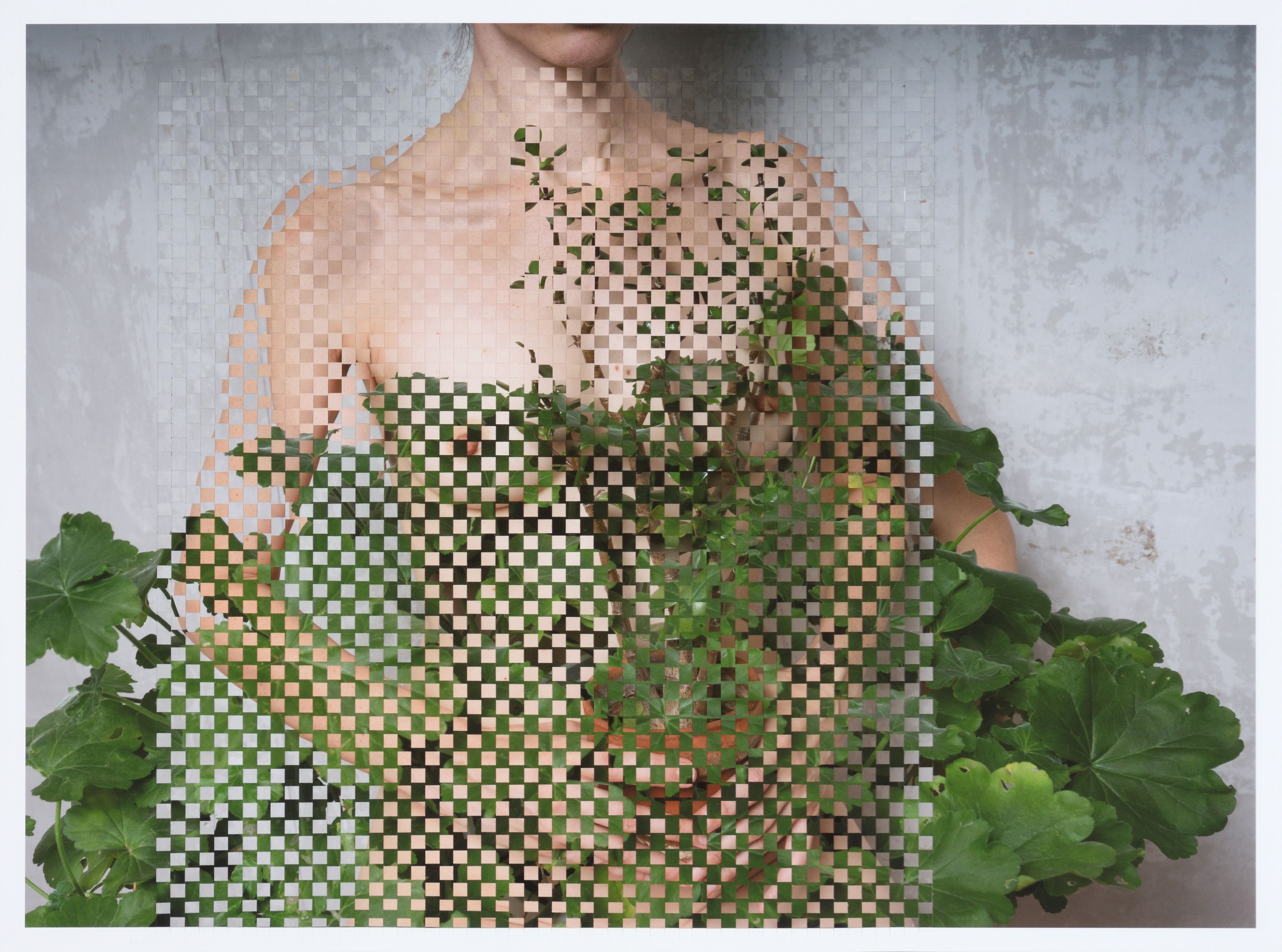Wave, net, sand
| Venue: | acb Gallery |
| Date: | Jul 06 – Aug 24, 2018 |
Description
Artists: Tibor Csiky, Máté Dobokay, Aranka Hübner, Károly Kismányoky, Áron Kútvölgyi-Szabó, Katalin Nádor, Gyula Pauer, Hajnalka Tarr, Tibor w. Horváth
The selection of works presented at acb Gallery’s summer exhibition was inspired by the season. The group show takes wave, a reoccurring topos of art as its conception, which as a motif, structure and physical phenomenon appears in several neo-avant-garde and contemporary works. The wave besides its evident association to water conveys the sense of movement, entropy, turmoil as an organic abstract surface and as optical interference. The motif of net, occurring in some of the works, on the other hand, stand as a metaphor for predictability and scientific, systematic order; the logic behind the design of mosquito net or fishnet can be associated to it, as well as patterns of immaterial networks. The exhibition with its generational and medial diversity showcases the variety of the usages of these motifs, as well as their interactions with each other.
The motifs quoted in the title connect the works in different relations. The net, or grid is predominantly the tool of the already mentioned logical order, standardization, classification. In art historical context, Alberti’s or Dürer’s velo plays a role in spatial circumscription and in defining scale. This stands as a reference in Pauer’s grid which is either a backdrop of the surfaces of undulating water and sand, or a projection onto the plane. The sense of compositional order conveyed by the grid and the spatial effects of irregular forms as an optical paradox occurs on Katalin Nádor’s abstract photographs which show the picturesque effects of folded mosquito nets, nylon scarfs, strainers. The graphic effects, interfering surfaces are also results of the dichotomy of objective reality and the artistic analysis that shows wave structures and that frees the image from its material dependence. The dialectic relationship of net and wave as the main theme of the exhibition is a crucial point in the works of Áron Kútvölgyi-Szabó as well: grid is on the one hand the tool for ideintification and for finding arbitrary structures and highlights, on the other, it turns into a spatial mutation by getting rid of its fundamental two-dimensionality or even dimensionlessness. Thus, waves in the works of Nádor and Kútvölgyi-Szabó are replacing opacity and system for visual effects or material extension, which can be described as an act of (self)interference. In the same way, the grid-structure of Hajnalka Tarr’s woven photographs contradicts the articulation of order and they rather are modules of images in a worthless arrangement. The two surfaces slipping on each other questions the possibility of cognitive synthesis of time, landscape, or the self.
Interference as an optical phenomenon (proving the contingency of seeing) or as a metaphor for cognitive capacities (the inability to grasp reality or to structure knowledge) appears in Tibor Csiky’s drawings that with the scent of op-art vibrantly shows the flowing, pervasive energies of the organic and material world. In the photo series of Károly Kismányoky two elements are getting in contact with each other; the wave and the print and in the manner of land-art, two agents meet amidst the arbitrariness of the event causing effects of moiré on the print. Máté Dobokay exposed the video of a river directly onto the photo paper, getting the results of picturesque qualities similar to that of Nádor’s photographs. These are not just the prints of the documentary of the water, but the sensation of movement and drifting and effects of foldings, gradients are rooted in the analogue transition of the image, which metaphorically shows the gesture of capturing the flow of reality (or the continuous stream of digital world). Tibor w. Horváth, in his absurd video protests against this movement with his Sisyphean challenge.
The common theme in the exhibition besides the motivic and optical-epistemological coherence is intermediality and reflexive medium-usage. From photo we arrive at graphics, from video to analogue photography, while pictorial references and the qualities of the surface of relief show the overlapping of classical genres: the manipulated spatiality of the picture plane, and the light-shadow plays on the carving’s surface. The associations to landscapes (in Aranka Hübner’s textile composition or in Pauer’s Sea) is a primordial sensation of acb Gallery’s summer exhibition, while artistic practices, shared ideas on technical experimentation and aesthetics programmes focusing on the relation of image and reality come into dialogue from decades-long perspectives.
Show more

